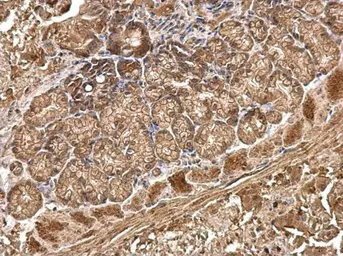R-Cadherin antibody
Cat. No. GTX112490
Cat. No. GTX112490
-
HostRabbit
-
ClonalityPolyclonal
-
IsotypeIgG
-
ApplicationsIHC-P
-
ReactivityMouse
